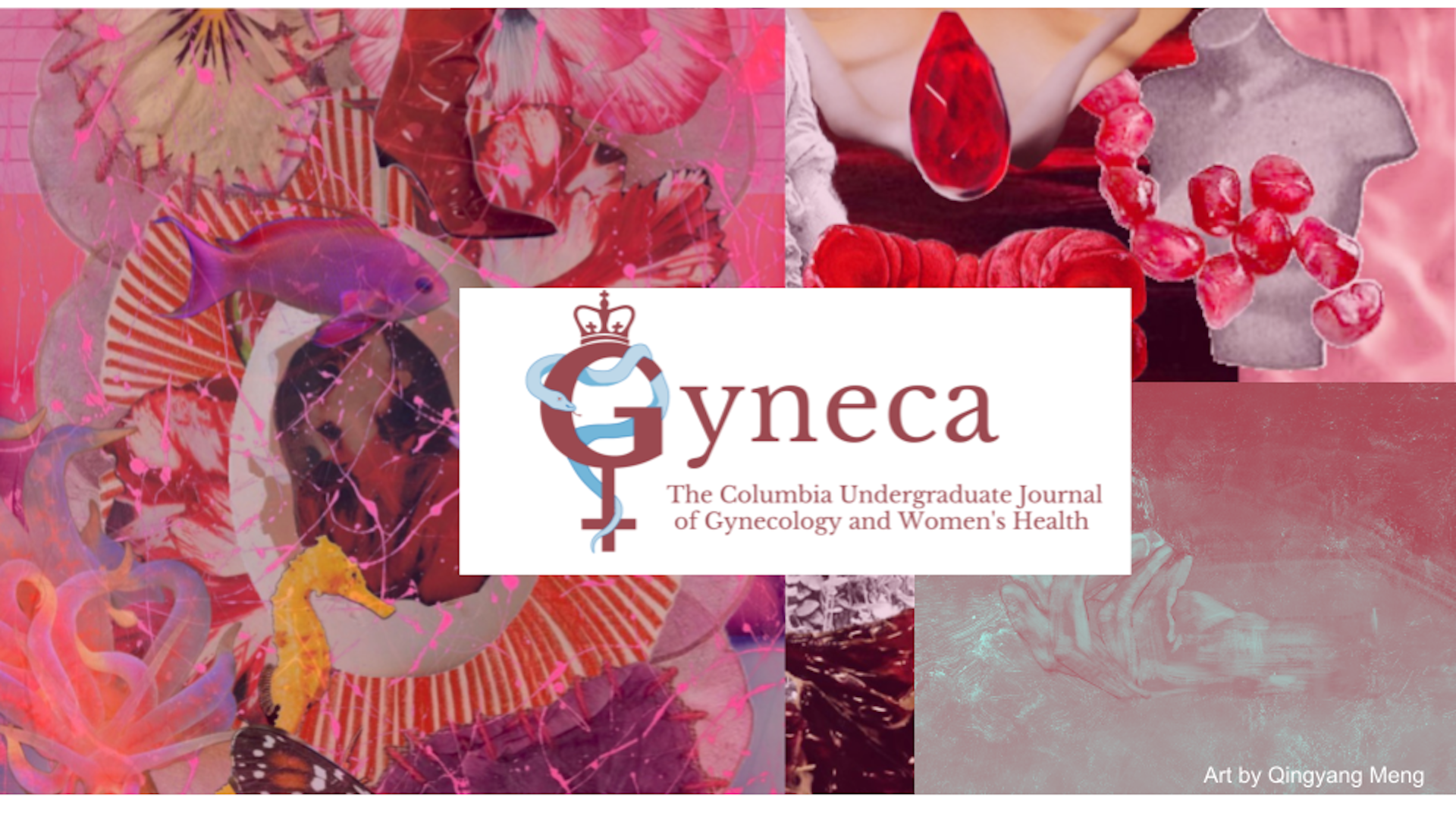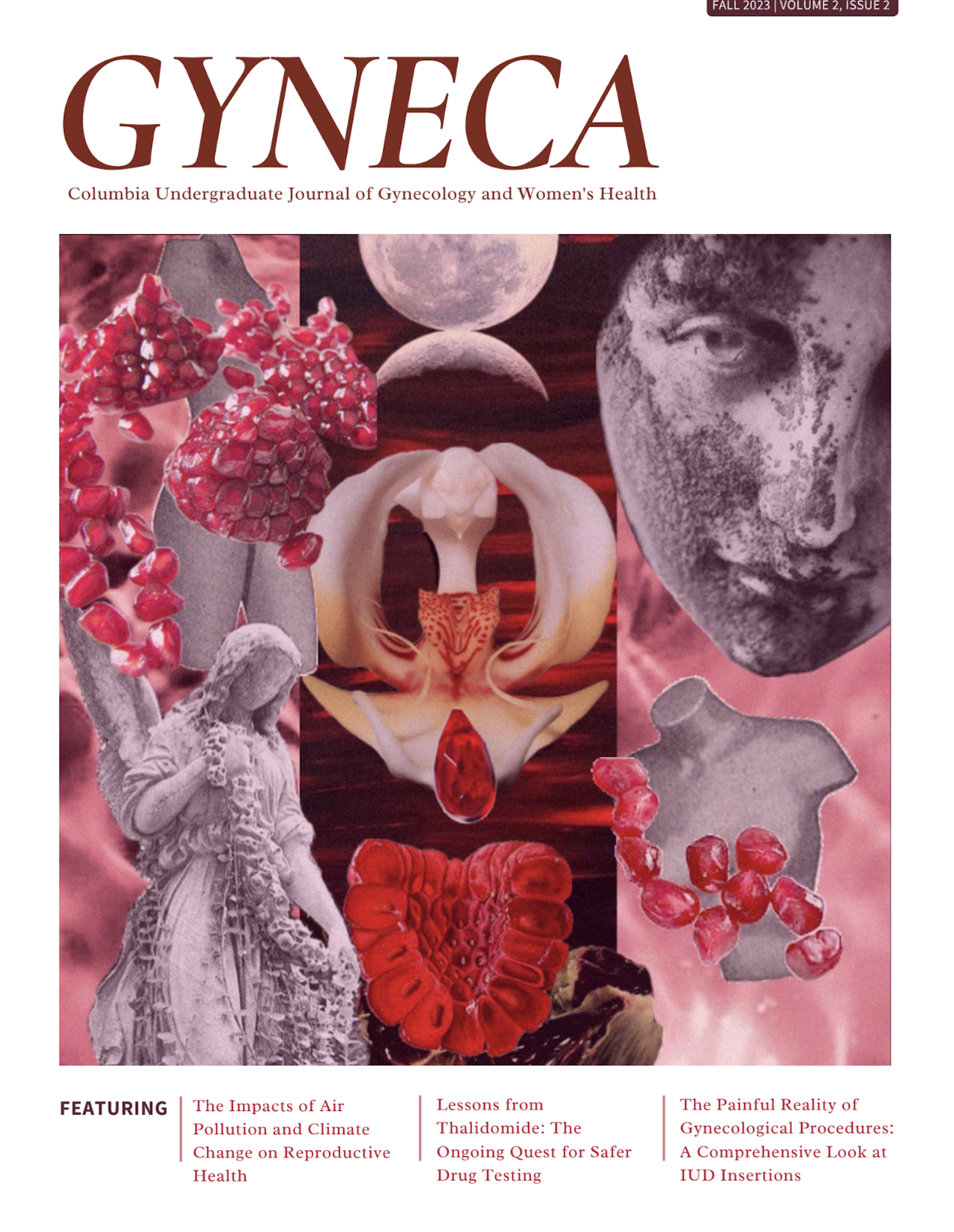READ OUR FALL 2024 JOURNAL ISSUE READ OUR FALL 2024 JOURNAL ISSUE READ OUR FALL 2024 JOURNAL ISSUE READ OUR FALL 2024 JOURNAL ISSUE READ OUR FALL 2024 JOURNAL ISSUE READ OUR FALL 2024 JOURNAL ISSUE READ OUR FALL 2024 JOURNAL ISSUE READ OUR FALL 2024 JOURNAL ISSUE READ OUR FALL 2024 JOURNAL ISSUE READ OUR FALL 2024 JOURNAL ISSUE
Aim & Scope
GYNECA currently stands as the nation’s only undergraduate journal dedicated to women’s and gynecological health. GYNECA is a semesterly intercollegiate journal publishing undergraduate peer-reviewed research in all fields of gynecology and gender minority healthcare on the basis of its originality, importance, interdisciplinary interest, timeliness, accessibility, elegance and surprising conclusions. GYNECA also provides rapid, authoritative, and insightful news and interpretation of topical and coming trends affecting science, scientists and the wider public.


Do Periods Actually Sync?
May 4, 2022
“Pain shared is pain lessened,” people have always hypothesized — does the uterus yearn for such commisteration as well? The comfort of realizing you are not the only one on your period—suffering from the dreadful cramps that consume every minute, navigating the overwhelming mood swings, and permeating discomfort—-temporarily ameliorates the dreaded-painful monthly anniversary.
Can you “C” the Difference?: A Comparison of C-section rates across NYC Boroughs
May 4, 2022
As technology advances encourage improvements in maternal healthcare, the number of Cesarean sections has risen significantly. According to the World Health Organization, C-section rates worldwide have increased from approximately 7% in 1990 to about 21% currently [1]. With this dramatic rise, WHO predicts that 29% of all births will be via C-section by 2030.







